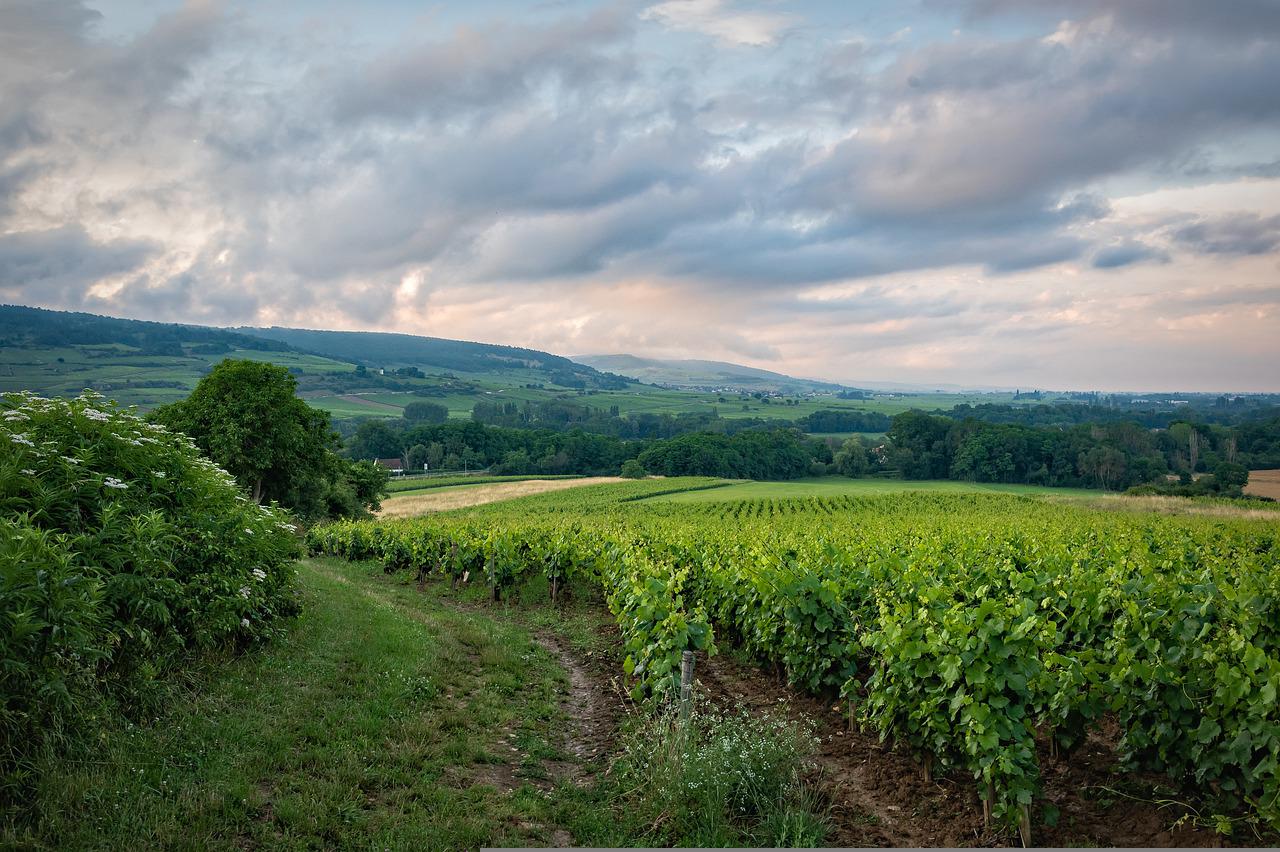
Contents
An ancient practice making a comeback
Château Lafon-Rochet
and the
Ruinart
who practice it.
Impact on water reserves
In a context of increasingly frequent heatwaves, water conservation and storage are becoming a priority for many vineyards, which are anxious to have a good harvest despite the heat peaks. The latter are becoming more and more extreme, and even more worrying for winegrowers in the south of France.
The practice includes planting trees, which are highly efficient at capturing and storing water. This avoids loss through run-off: an imperative that will only become more important as the climate warms up.
Trees also help to reduce the temperature by several degrees, and act as hedges against the wind, protecting vines within a few meters.
Vines, plants to protect
Vines are often infected by parasitic insects, which cause serious damage or destruction. They thrive in the absence of predators, caused by the deliberate desertification of the vineyard environment (a consequence of the intensive farming policy of the 1960s). These constraints, forcing the use of pesticides, pollute, destroy and weaken the soil, while reducing the resilience of the vines. Once again, the solution to these worrisome problems is to plant trees, which bring back birds and predators alike. These feed on insect pests without causing any damage to the vines, while revitalizing their environment.
Trees also help to revitalize the soil by creating organic matter through their branches and other plant matter.
Shade and competition: one of the few constraints of the practice
One of the few shortcomings of this practice is shade, which can lead to competition between vines and trees. This can be avoided by proper tree pruning and rigorous maintenance. This defect is therefore minimal if proportions and distances are respected, with only a few plants affected in a complete row of vines.
Vines and trees can compete for water and nutrients.
In conclusion, this ancient practice, which is making a comeback as an ecological practice of the future, achieves two important objectives:
- It enables us to maintain a high level of production, so that we can achieve the quantity and quality required for good production.
- While having a smaller ecological footprint thanks to the non-use of pesticides
Tree-planting therefore offers a number of ecological advantages that also help to promote a more environmentally-friendly image with customers, and make vineyards more liveable.
We can only hope that this practice will become more widespread, making it possible to produce wine without making ecological sacrifices, particularly in the decades to come when the climate emergency will become a priority.